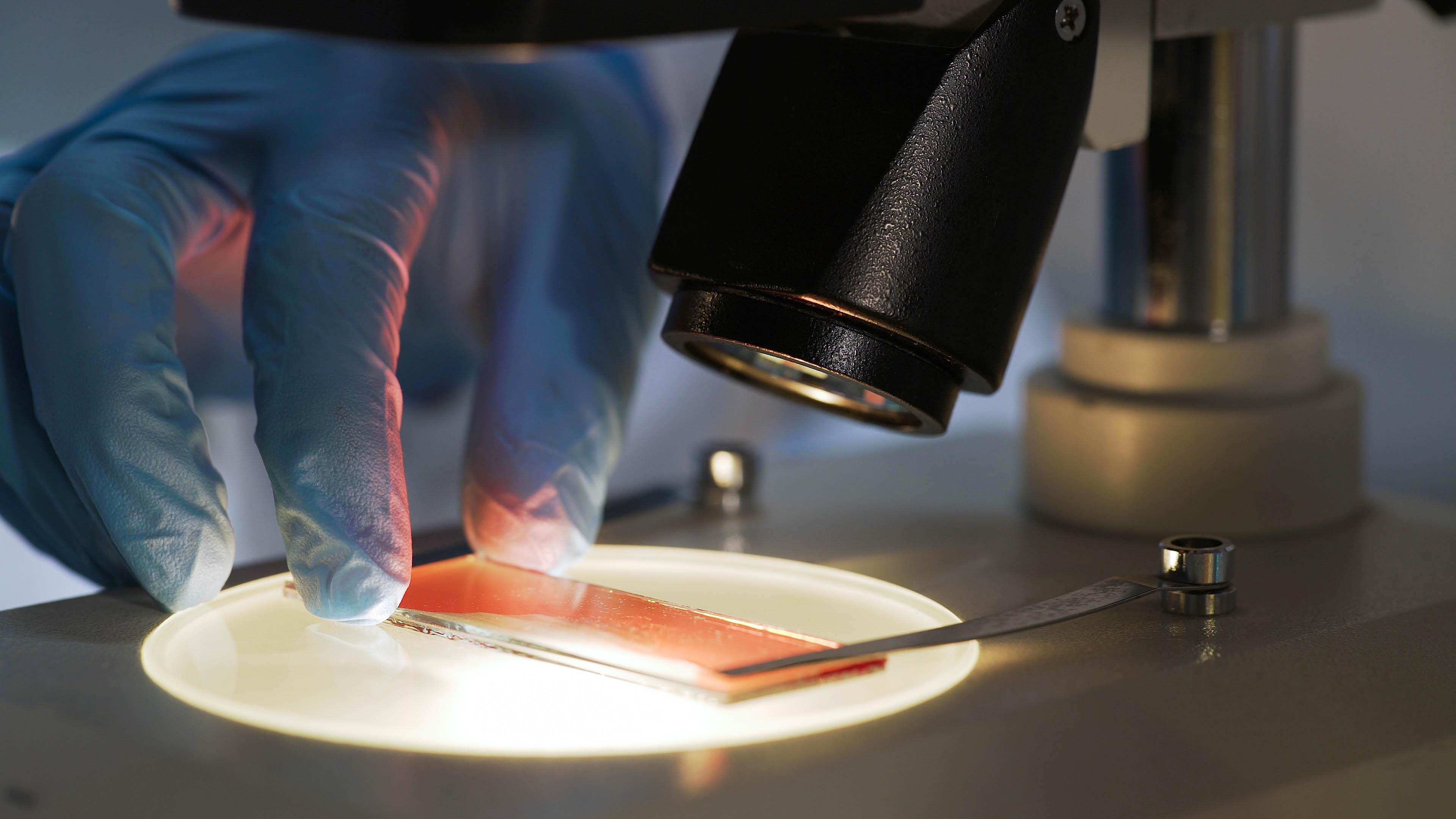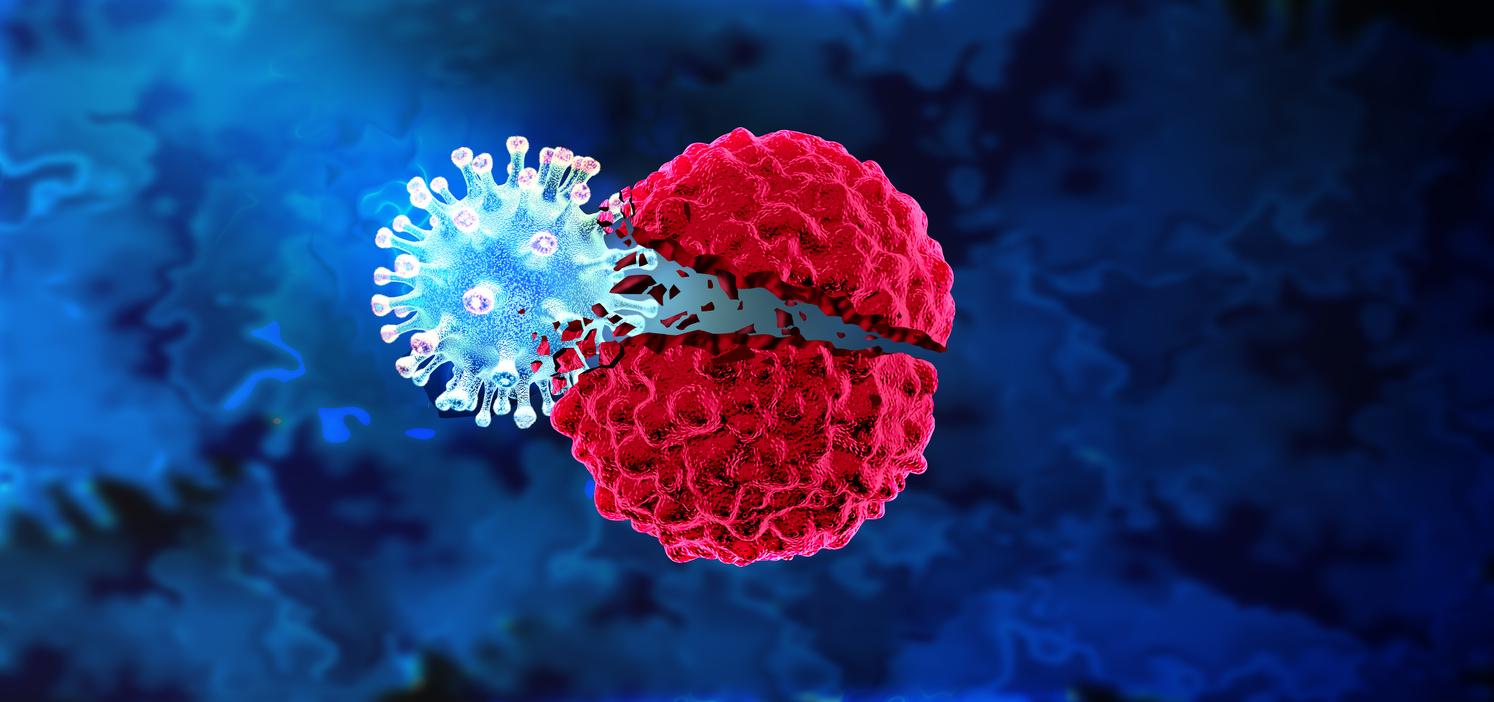A method aimed at reducing the waiting time for people requiring a liver transplant is currently being tested on humans.

- In France, the average waiting time for a liver transplant is 7 months.
- This long wait sometimes leads to the death of patients.
- In order to find a solution to this problem, a first trial on humans could soon make it possible to evolve lymph nodes into livers.
A first human trial could soon make it possible to develop lymph nodes into livers. If successful, the procedure could significantly reduce the number of people waiting for a liver transplant.
After more than a decade of development, the first human trial of a treatment aimed at combating end-stage liver failure (ESLD) by transforming lymph nodes into a liver has begun.
Transforming lymph nodes into liver: what does the treatment involve?
“We gave our first patient a clinical treatment using their own lymph nodes as living bioreactors to regenerate an organ,” said Dr. Michael Huffordco-founder and CEO of LyGenesis, the company behind the treatment.
The treatment involves removing the main functioning cells from a given liver – the hepatocytes – and injecting them into the lymph nodes, the small bean-shaped organs that help the immune system by filtering out foreign particles (such as viruses). origin of infections).
Once in the lymph nodes, liver cells should grow and divide, then connect to the circulatory system by developing blood vessels. “Over time, this lymph node will disappear and all that will be left is a miniature organ,” explained Michael Hufford to New Scientist.
Transforming lymph nodes into liver: a method already tested on animals
This is a procedure that has already given good results in some animals. The researchers tested it on pigs by surgically modifying their livers to mimic human liver disease and injecting hepatocytes from healthy liver samples into the lymph nodes. The six operated pigs developed mini-livers and therefore showed signs of recovery from liver failure.
The human trial will test the safety, tolerance and effectiveness of this regenerative cell therapy on 12 people with ESLD.
Liver transplant: a very long waiting list for patients in need
In cases of end-stage liver failure, transplantation is often necessary, but a number of factors may prevent this. For example, some patients are simply too ill to undergo surgery.
However, one of the main problems is the length of the transplant waiting list. Currently, nearly 10,000 people in the United States are waiting for a donor liver, and about 12 percent of those people will die within a year while on the list. In France, the average waiting time for a liver transplant is 7 months, sometimes more.
“If our study is successful and we obtain FDA approval, our allogeneic cell therapy could allow a given liver to treat several dozen patients with ESLD,” finally considers Michael Hufford.















